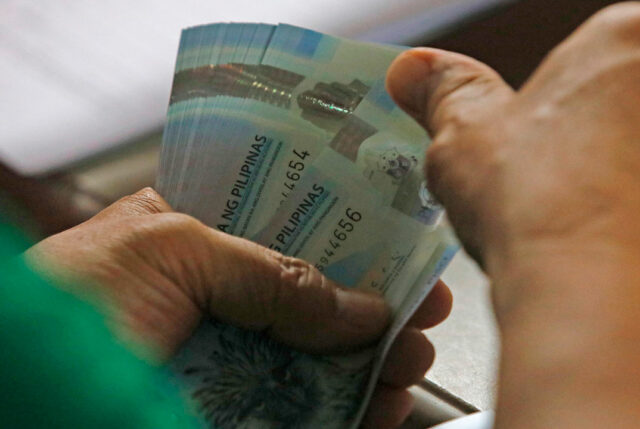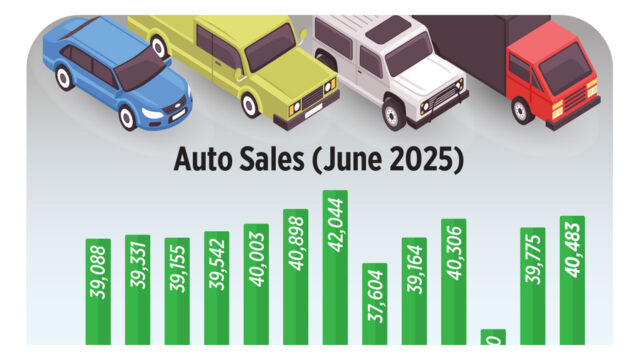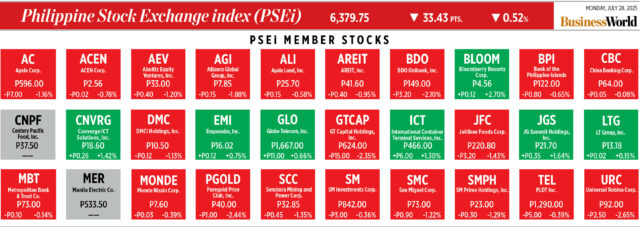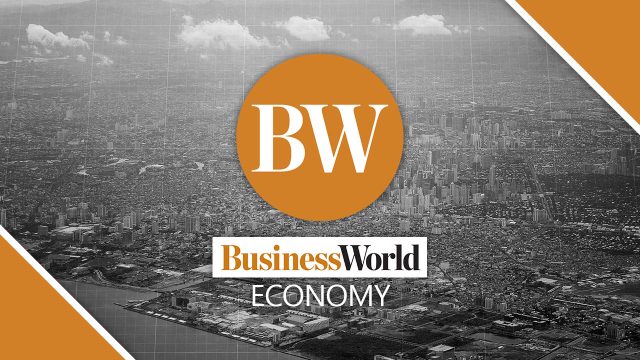By Kyle Aristophere T. Atienza, Reporter
THE NUMBER of Filipinos experiencing moderate or severe food insecurity declined after the pandemic to 37.8 million during the 2022 to 2024 period, according to the Food and Agriculture Organization (FAO).
This was equivalent to 32.9% of the population, the lowest share since the 44.7% during the pandemic years of 2020-2022, the FAO said in its State of Food Security and Nutrition in the World report.
 The Philippine hunger indicators were the third highest in Southeast Asia, where food insecurity averaged 14.4%.
The Philippine hunger indicators were the third highest in Southeast Asia, where food insecurity averaged 14.4%.
The Philippine food insecurity rate was edged out by Cambodia with 40% and Laos with 35.6%. The equivalent numbers for the rest of the region were 32.7% for Myanmar, 16.7% for Malaysia, 10.7% for Vietnam, 9.5% for Singapore 5.4% for Thailand, and 4.5% for Indonesia.
The FAO said an estimated 8.2% or between 638 million and 720 million of the global population may have faced hunger in 2024, down from 8.5% in 2023 and 8.7% in 2022, amid “notable improvement” in Southeast Asia, Southern Asia and South America “in contrast to the continuing rise in hunger in most subregions of Africa and in Western Asia.”
The global number of undernourished is expected to decrease, but 512 million people are still projected to be facing hunger in 2030, of whom nearly 60% will be in Africa, it added.
Between 2022 and 2024, 3% or 3.4 million of the Philippine population was undernourished, the FAO said.
In Southeast Asia, the number of undernourished stood at 35.1 million during the 2022-2024 period.
The undernutrition rate in Southeast Asia averaged 5.1%.
Indonesia had the highest number of undernourished people with 17.7 million, or 6.3% of its population.
Leonardo A. Lanzona, who teaches economics at the Ateneo de Manila, said research indicates that many urban poor adolescents eat three times a day, with families from poor households often prioritizing the nutritional needs of their children, particularly those attending school.
“This is part of their coping mechanisms that resulted in greater food security but at the expense of education,” he said in an e-mail. “In other words, much of the achievements in food security is due to the effort of households, not the government, and is paid at a very high cost.”
“This trade-off between food security and education results in a heavy burden for our present workforce who can survive daily but lack the skills to secure gainful jobs,” he added.
The FAO said 44% or 51 million of the Philippine population could not afford to eat healthy in 2024, against 45.4% or 52.2 million a year earlier.
It said the average cost of a healthy diet was $4.39 per person per day on a purchasing-power parity (PPP) basis in 2024, against $4.21 in 2023 and $3.73 in 2021.
It said the Philippines, Chile, India, and Mexico introduced subsidies for agricultural inputs starting in 2022 in the face of persistent inflationary pressures after the pandemic.
Many countries cut down on expenditures after the pandemic “but inflationary pressures led to continued support for key sectors, including agriculture.”
“The inflationary period after the pandemic made it difficult for countries to remove some support measures, as livelihoods were at risk due to food price increases,” it said.
“A flexible use of fiscal policy, considering well-targeted support for some segments of the population combined with fiscal restraints for other sectors, could reduce inflation while maintaining adequate levels of protection for the most vulnerable,” it added.
The report found that within Asia, Indonesia, the Philippines and Sri Lanka notably focused on food price interventions such as price controls.
“Effectiveness of price policies remains limited in the long term and can lead to an inequitable distribution of costs and benefits. Price caps at the retail level for some products resulted in the expected short-term effect of reducing prices and protecting consumers,” the FAO said.
The FAO noted that when subsidies are used to reduce consumer prices while maintaining high producer prices, they require substantial government spending, can be regressive particularly for non-targeted programs, and may also fuel inflation.
“The effectiveness of these policies depends on the sensitivity of supply and demand behavior to prices — that is, their level of elasticity — and the nature of the initial shocks,” it said.
“Elastic systems characterized by strong market mechanisms benefit from allowing prices to adjust; meanwhile, it is important to prioritize other instruments such as social protection programs.”
The FAO called for targeted fiscal interventions, including robust social protection systems, coordinated macroeconomic policy, structural and trade-related reforms, and strategic investments in data, infrastructure and innovation.
It said fiscal responses to high food prices must be time-bound and include well-defined exit strategies to prevent “the risk of permanent budgetary commitments that could constrain future fiscal space or bring public debt to unsustainable levels.”
It said tax reductions on essential goods, including food, can provide immediate relief to households facing rising living costs but such measures “must be weighed against the need for sustainable public revenue, particularly in countries with limited fiscal capacity.”
The FAO also said social protection systems — through cash or in-kind transfers — are indispensable for cushioning the effects of food price crises on low-income households.
“However, in high-inflation contexts, the value of these transfers can erode. Programs must therefore be calibrated to respond to inflationary pressures, with flexible mechanisms to adjust transfer values and avoid price increases,” it added.
It said instead of resorting to short-term price interventions, such as price controls or subsidies, which may provide temporary relief but often distort markets and are inefficient over time, governments should adopt a stable, coordinated and transparent strategy to manage long-term food price trends including strengthening food reserves, improving market transparency, and investing in trade-related infrastructure.
It said maintaining strategic food reserves can help cushion supply shocks and stabilize prices.
“Policymakers should balance food security and nutrition objectives against potential fiscal and market risks,” it said.
“Embedding food reserves within a broader risk-management framework enhances their effectiveness and reduces unintended consequences,” it added.
The FAO also urged governments to boost investment in research and development, storage, and transport infrastructure that could address food loss, improve supply chain functioning, and mitigate future food price shocks.
















